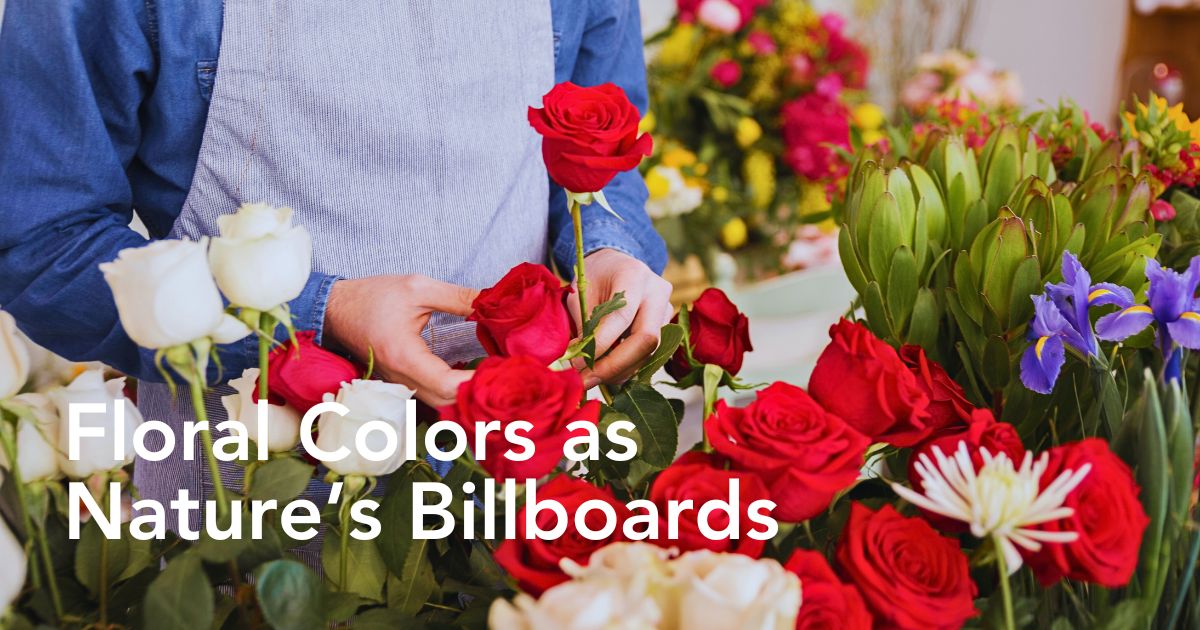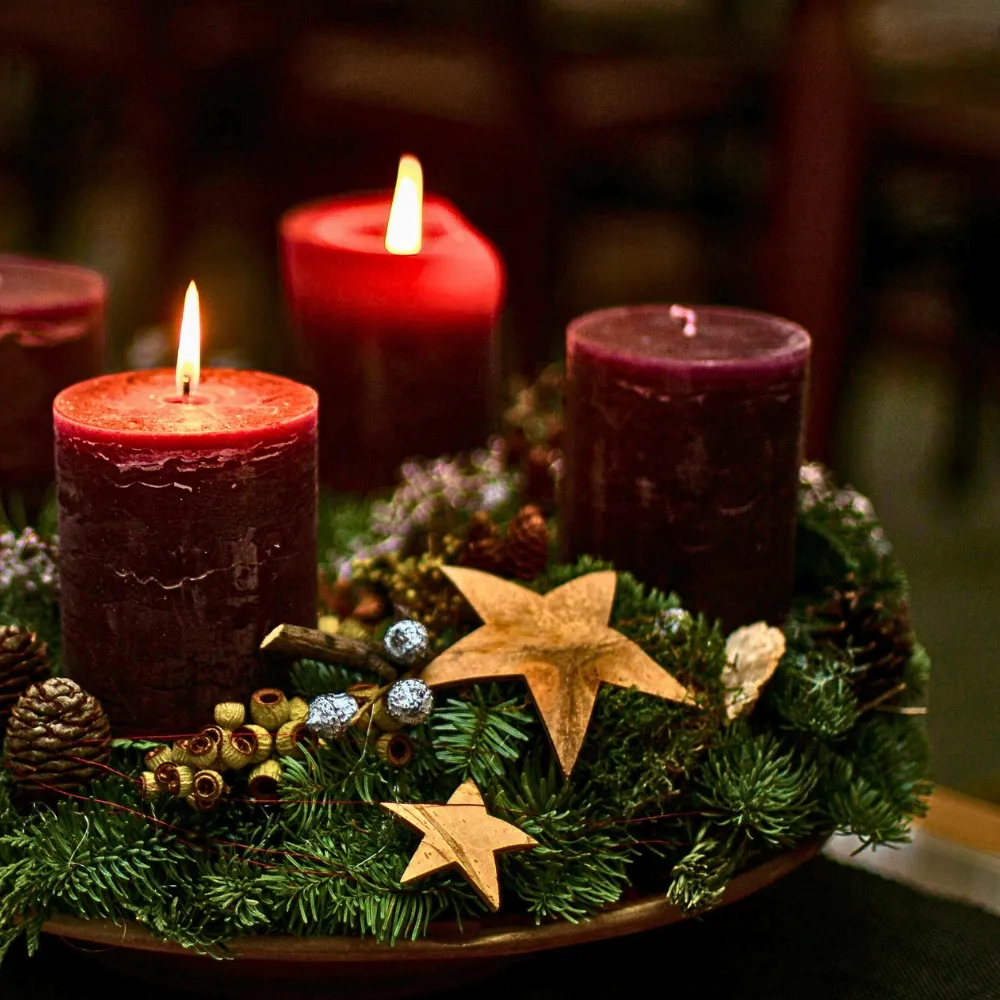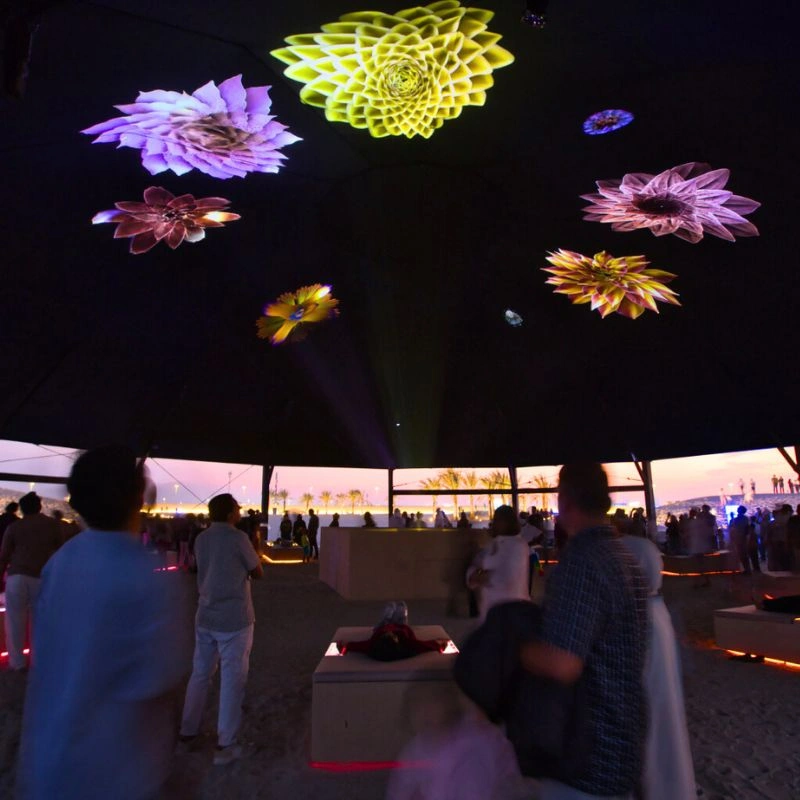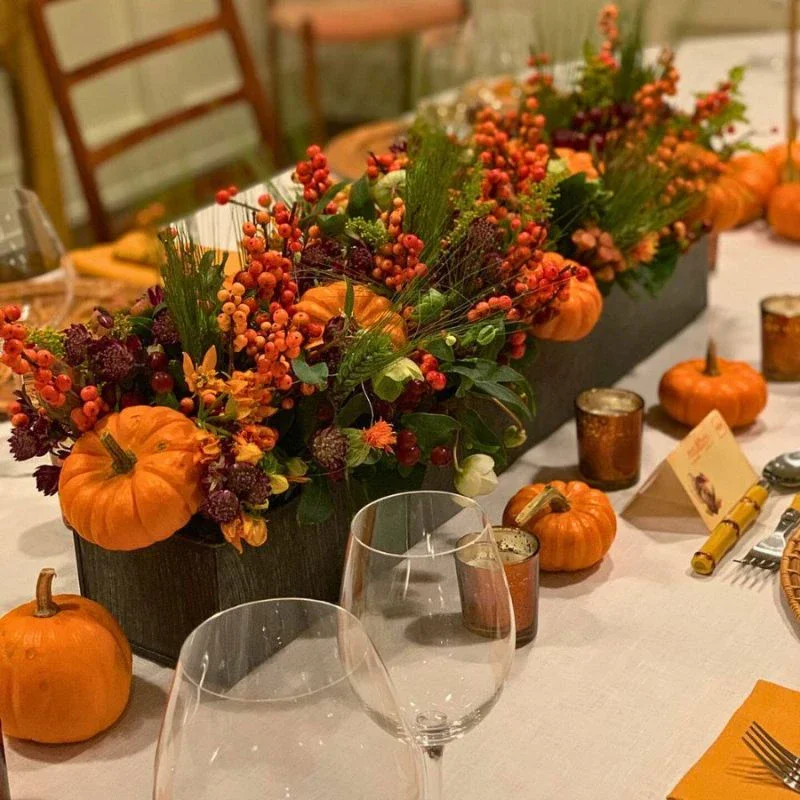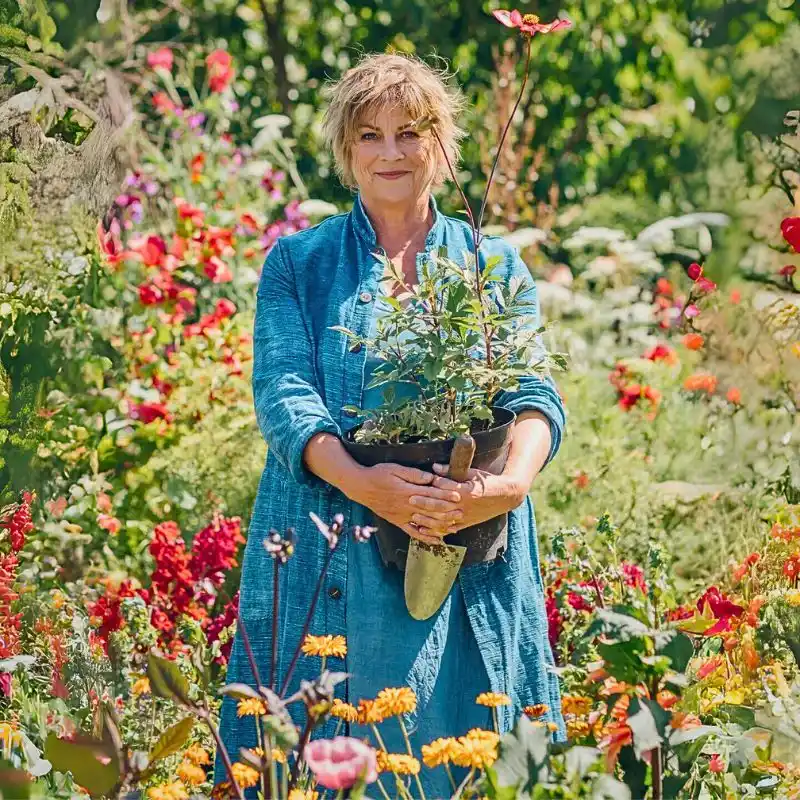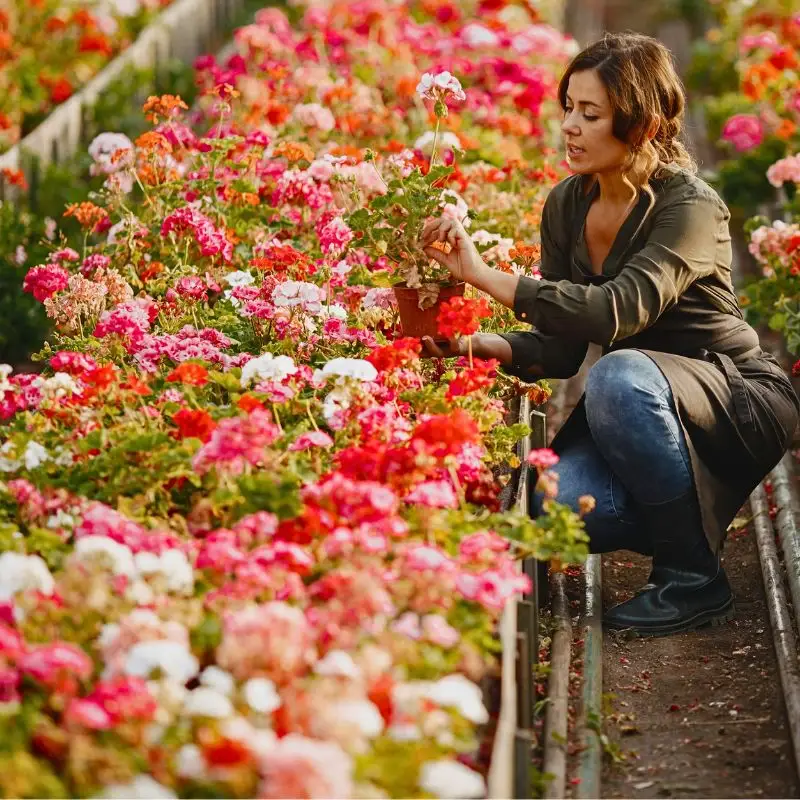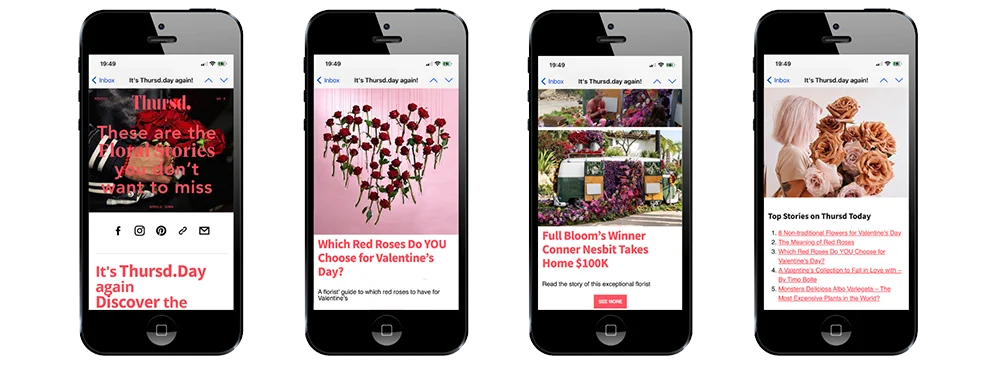A crimson poppy easily catches the eye from across a field, while dozens of tiny green grass flowers go practically unnoticed just steps away. This difference in attention isn't just by chance, but the result of years of evolutionary fine-tuning at work. The colors that attract are not random accidents of nature. Neither are the colors that struggle to. They are all refined communication systems that have continually shaped the survival of flowering plants.
When angiosperms first appeared, they developed reproduction by outsourcing the important task of moving pollen from one flower to another. The development of colorful petals marked a key moment then. Rather than relying on wind to scatter pollen randomly, flowers began presenting their presence through visual signals. These colorful displays became nature's first billboards. They announced the availability of nectar and pollen for potential pollinators.
The Chemical Designers Behind Floral Color
The amazing palette of flower colors comes from just four major groups of pigments: chlorophylls, carotenoids, flavonoids, and betalains. Each has its own chemical signature and evolutionary story. Flavonoids, particularly flavones and flavonols, often work behind the scenes as co-pigments.
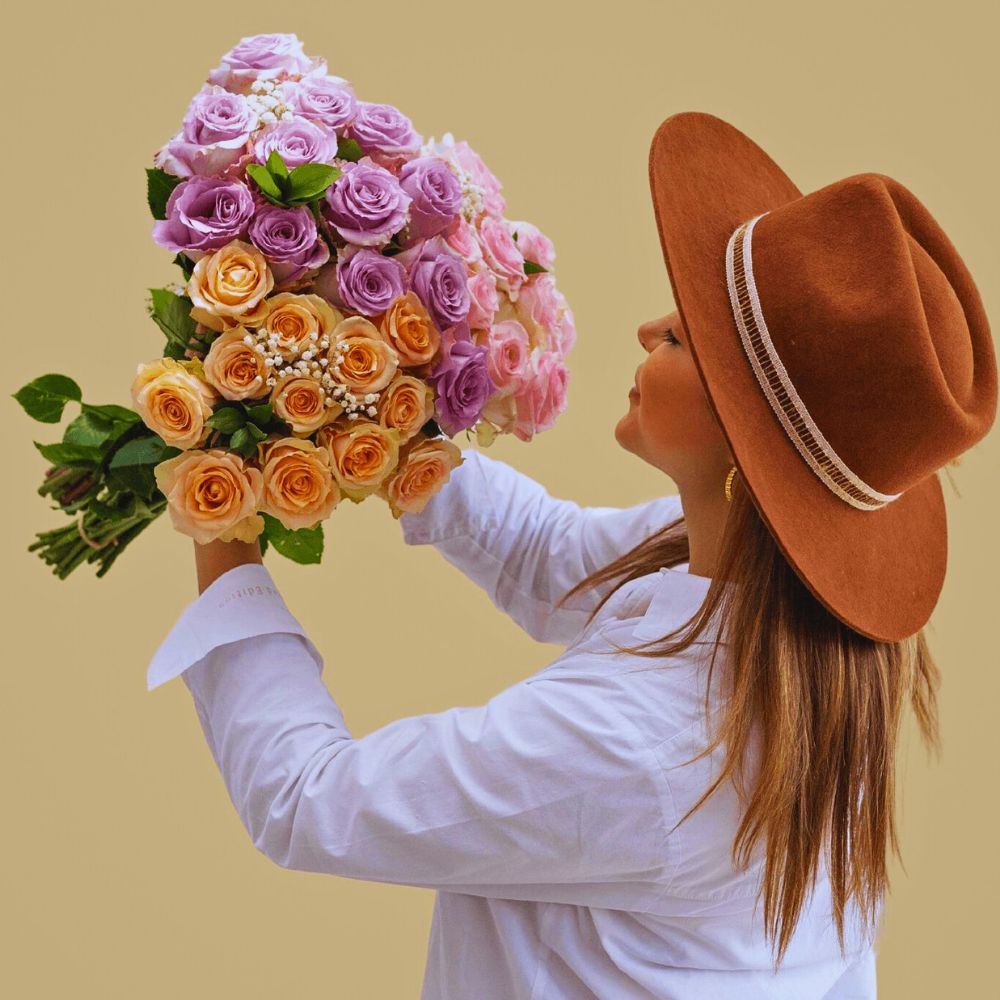
While many appear pale yellow or colorless to human eyes, they can absorb ultraviolet light and create patterns invisible to humans but visible to insects with UV vision. These compounds also help stabilize and modify the colors produced by anthocyanins, creating the subtle variations and complex shades people admire in nature.
Anthocyanins, perhaps the most diverse members of the flavonoid family, create the widest spectrum of colors found in nature. These water-soluble compounds accumulate in cell vacuoles and can produce nearly every color imaginable, from the softest pink rose to the deepest purple iris, and even the rare near-black petals of certain tulip varieties. Their working mechanism lies in their sensitivity to environmental conditions. The same pigment molecule can shift from red in acidic conditions to blue in alkaline environments, explaining why hydrangeas change color based on soil pH.
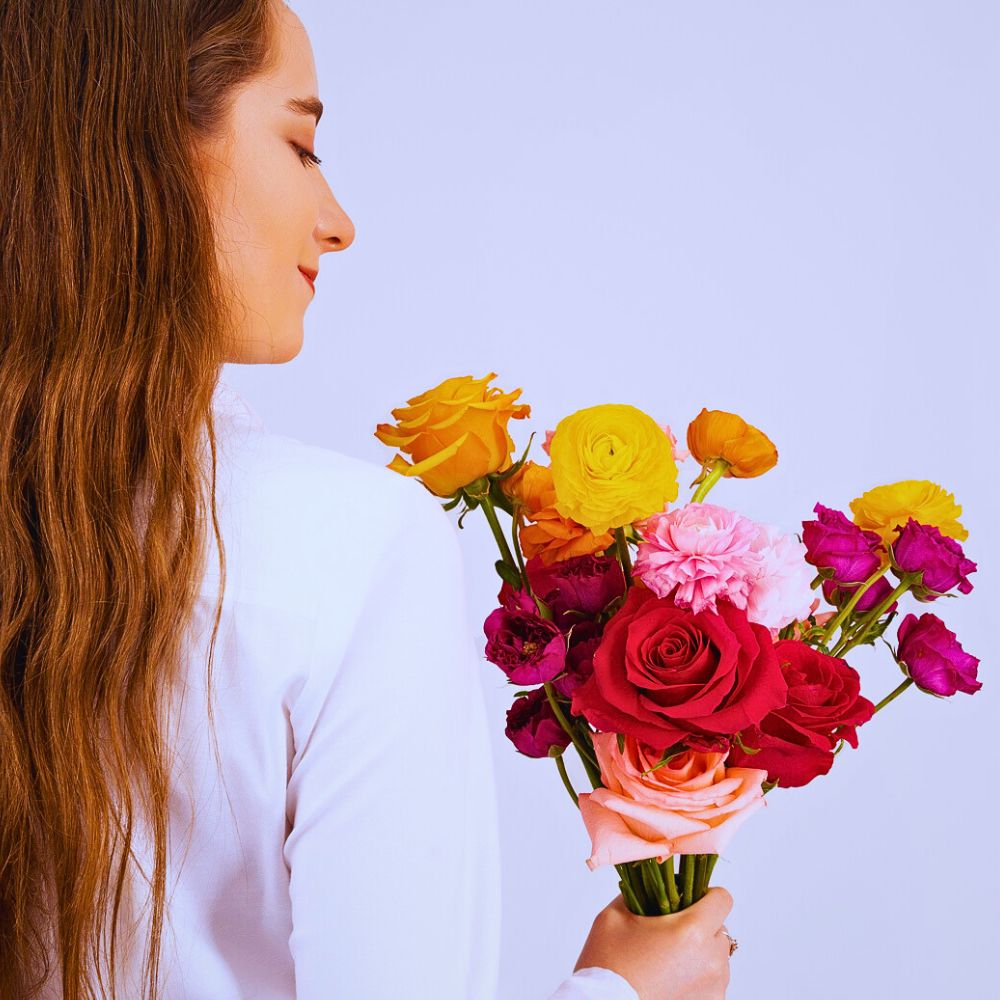
Carotenoids paint flowers in the warm spectrum, think brilliant yellows, vibrant oranges, and some striking reds. Unlike anthocyanins, these fat-soluble pigments embed themselves directly into cell membranes and often serve various purposes beyond attraction. Many carotenoids act as molecular sunscreens, protecting flowers from harmful UV radiation while maintaining their visual appeal. The same carotenoids that give carrots their orange hue also create the golden hues of sunflowers and the fiery petals of marigolds.
Betalains are the most exclusive pigment family, found only in plants belonging to the Caryophyllales order, including cacti and beets. These nitrogen-containing compounds create stunning yellows to deep magentas, but here's the fascinating twist: plants produce either anthocyanins or betalains, never both. This mutual exclusion remains one of botany's intriguing mysteries, likely related to competition for common chemical precursors.

The fourth group, chlorophylls, occasionally contributes to flower color, though their primary role remains photosynthesis. Some orchids and other specialized flowers incorporate chlorophyll into their petals, creating unusual green hues that stand out in their respective ecosystems.
The Pollinator's Perspective
While humans only see the colors visible to their eyes, they miss perhaps the most important part of the story. Many flowers display elaborate ultraviolet patterns completely invisible to human vision but visible to most pollinators. Comprehensively understanding flower colors, therefore, requires seeing the world through different eyes, because human color vision is just one way of perceiving the electromagnetic spectrum, quite different from how most pollinators see their surroundings.
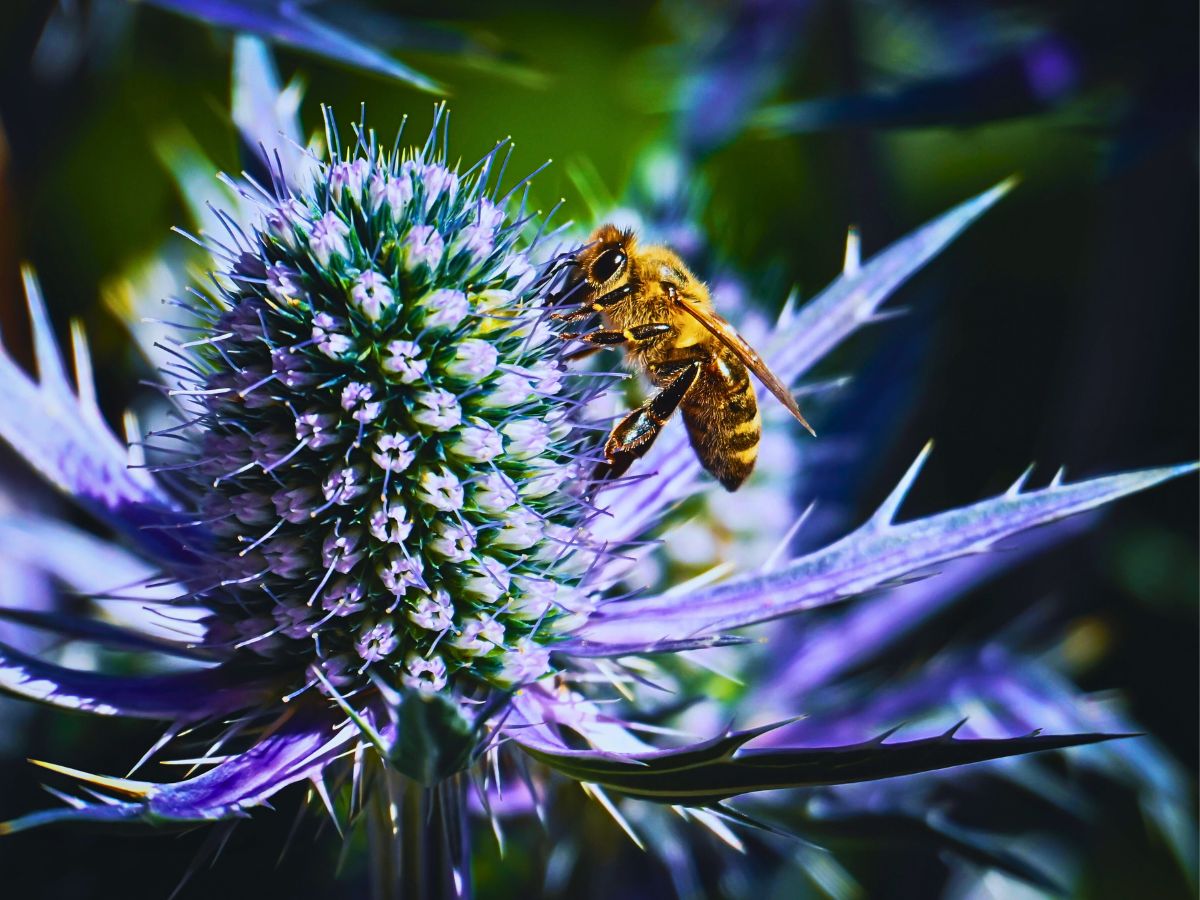
Bees have a trichromatic vision system. They perceive the world through ultraviolet, blue, and green wavelengths, which makes certain flower colors pop while rendering others nearly invisible. Where people see red, bees often see black or very dark colors, hence why truly bee-pollinated flowers rarely appear red to human eyes. Instead, successful bee flowers typically display blues, purples, and whites; colors that stand out brilliantly against green foliage in their visual spectrum. Bees can also see ultraviolet patterns on flower petals. Many flowers that appear uniformly colored to human eyes sport intricate UV landing strips, nectar guides, and bullseye patterns that direct them precisely to their reproductive parts.
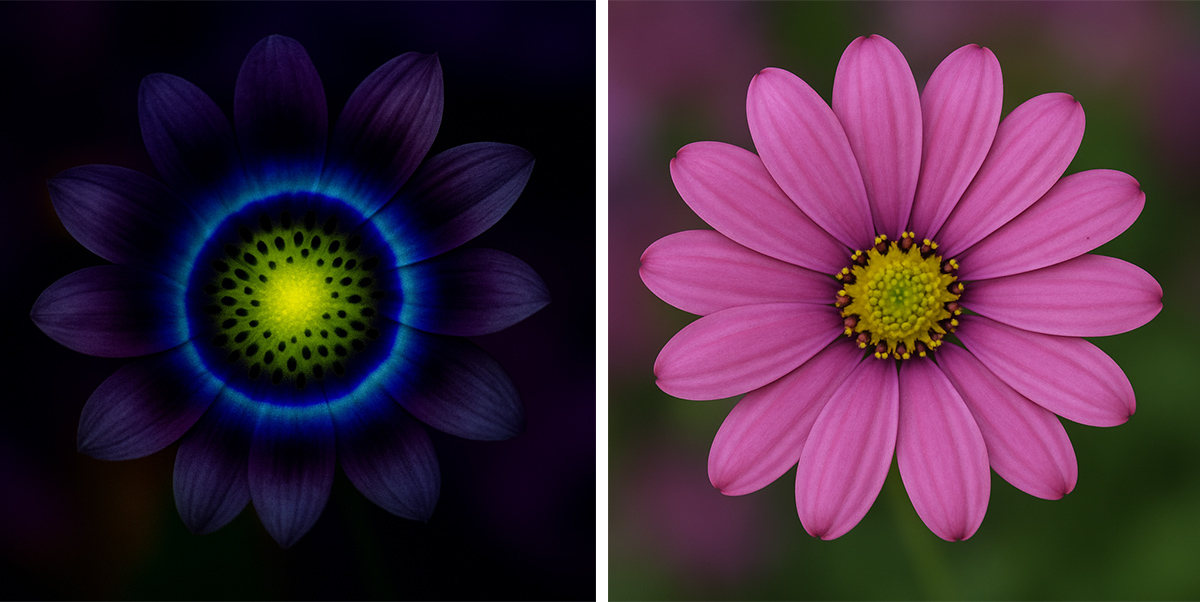
Birds, like hummingbirds, have an exceptional tetrachromatic color vision, which makes them gravitate toward bright reds and oranges. These colors practically announce ‘high-energy nectar available here!’ in the avian visual language. The preference is so strong that red flowers have become almost synonymous with bird pollination in many ecosystems. This also explains the prevalence of red tubular flowers in regions where hummingbirds are primary pollinators, having co-evolved with their preferred flowers, and developing long beaks perfectly suited to access nectar from deep, narrow corollas.
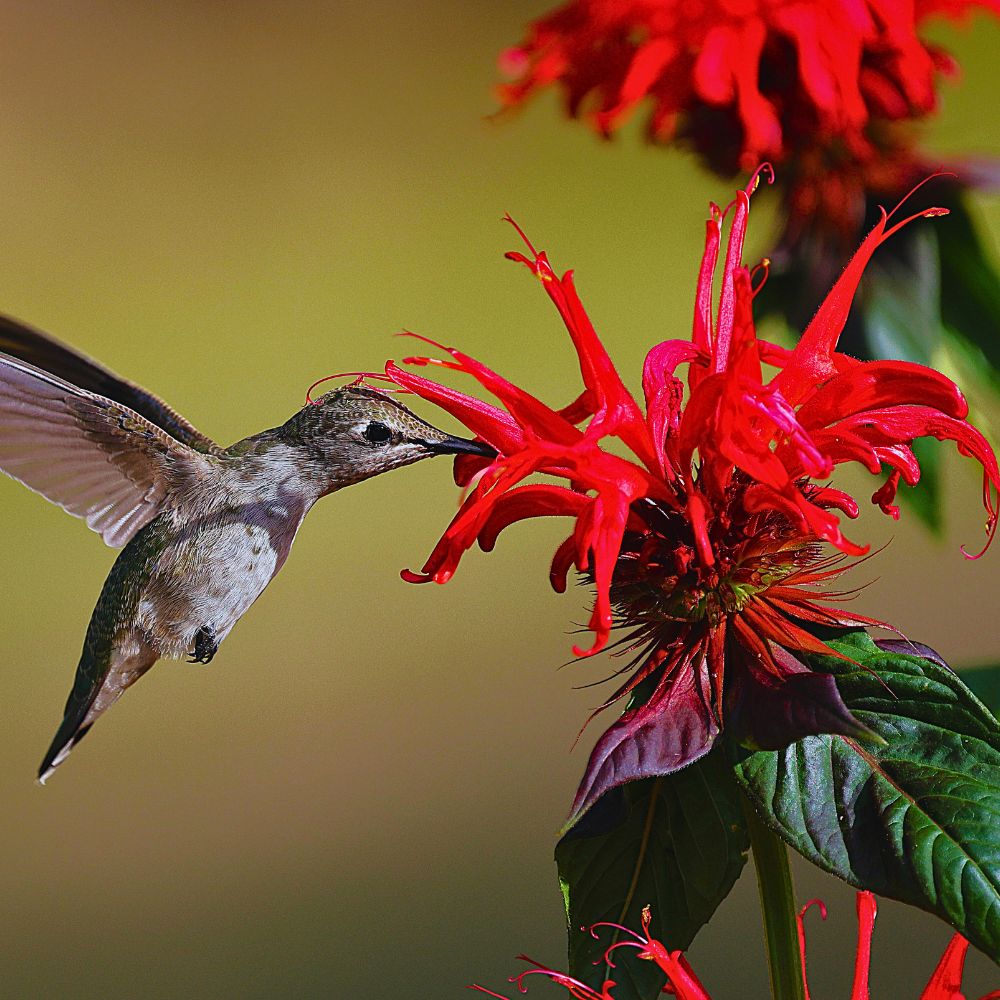
Butterflies bring yet another visual perspective. With color vision extending well into the red spectrum and sensitivity to different wavelengths, butterflies are attracted to flowers with bright, contrasting colors. They often favor bright pinks, purples, and oranges, and their compound eyes can detect subtle color variations that help them assess nectar quality from a distance and distinguish between flower species.
The Rarity Factor and Nature’s Most Exclusive Floral Colors
True blue flowers are some of nature's rarest achievements, appearing in fewer than 10% of flowering plant species. The scarcity stems from the complex molecular architecture required to create and stabilize blue pigments, often necessitating specific pH conditions and complex interactions between different pigment molecules.
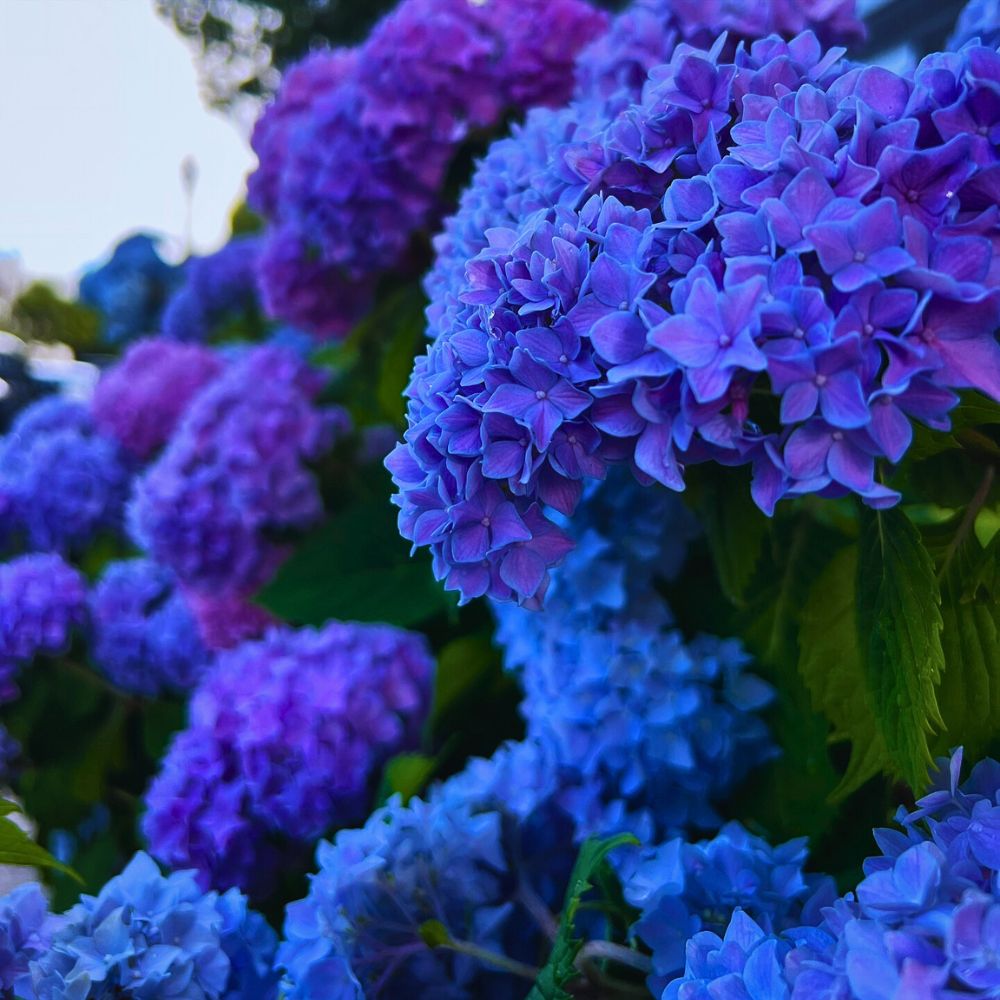
Black flowers, while not truly black but rather very deep purples or maroons, achieve their mysterious appearance through concentrated anthocyanins that absorb nearly all visible light. These botanical rarities often evolve in specialized ecological niches or serve specific functions, making them highly sought after by their respective pollinators.
The scarcity of certain colors creates interesting evolutionary pressures. Blue flowers often command premium attention from bees and butterflies, who may travel greater distances to visit these uncommon floras. This creates competitive advantages for plants with rare pigment combinations, potentially leading to increased pollination success and reproductive fitness.
Green flowers, while also uncommon, are another fascinating category. They often rely on subtle signals: perhaps UV patterns invisible to humans, specific scents, or particular structural features, to attract their pollinators. The restraint in pigment investment might allow these plants to allocate more energy to other aspects of reproduction or survival.
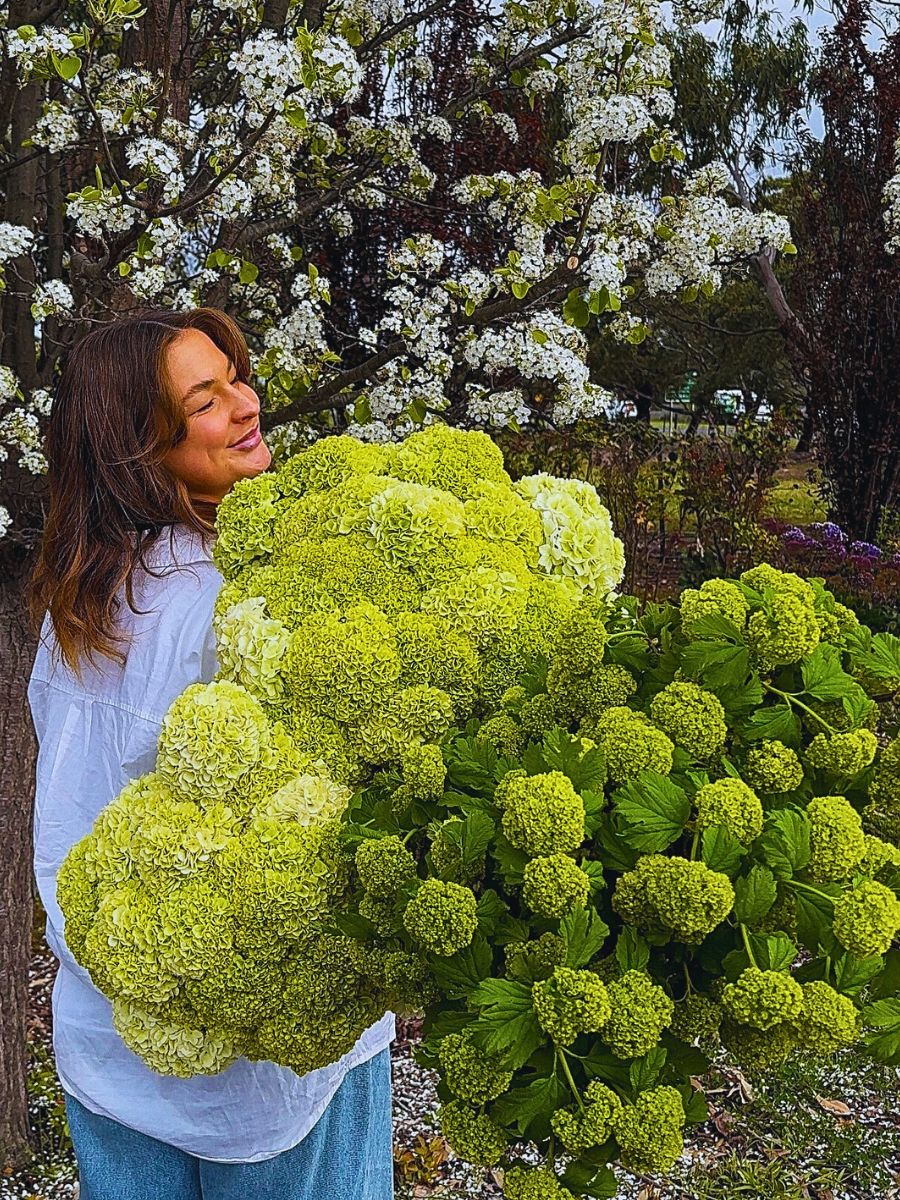
The Art of Floral Marketing
Plants are master advertisers. They use color-coded systems to communicate specific information about their rewards. Yellow and white flowers often signal abundant pollen, appealing particularly to bees, who require protein-rich pollen for their developing larvae. This makes perfect sense from an evolutionary perspective; bees need both nectar for immediate energy and pollen for long-term colony nutrition.
Purple and blue flowers typically advertise reliable nectar sources. These colors have become associated with consistent rewards, creating what amounts to ‘brand loyalty’ among pollinators. The relationship becomes so established that certain pollinator populations will preferentially visit blue flowers even when other colors are available.
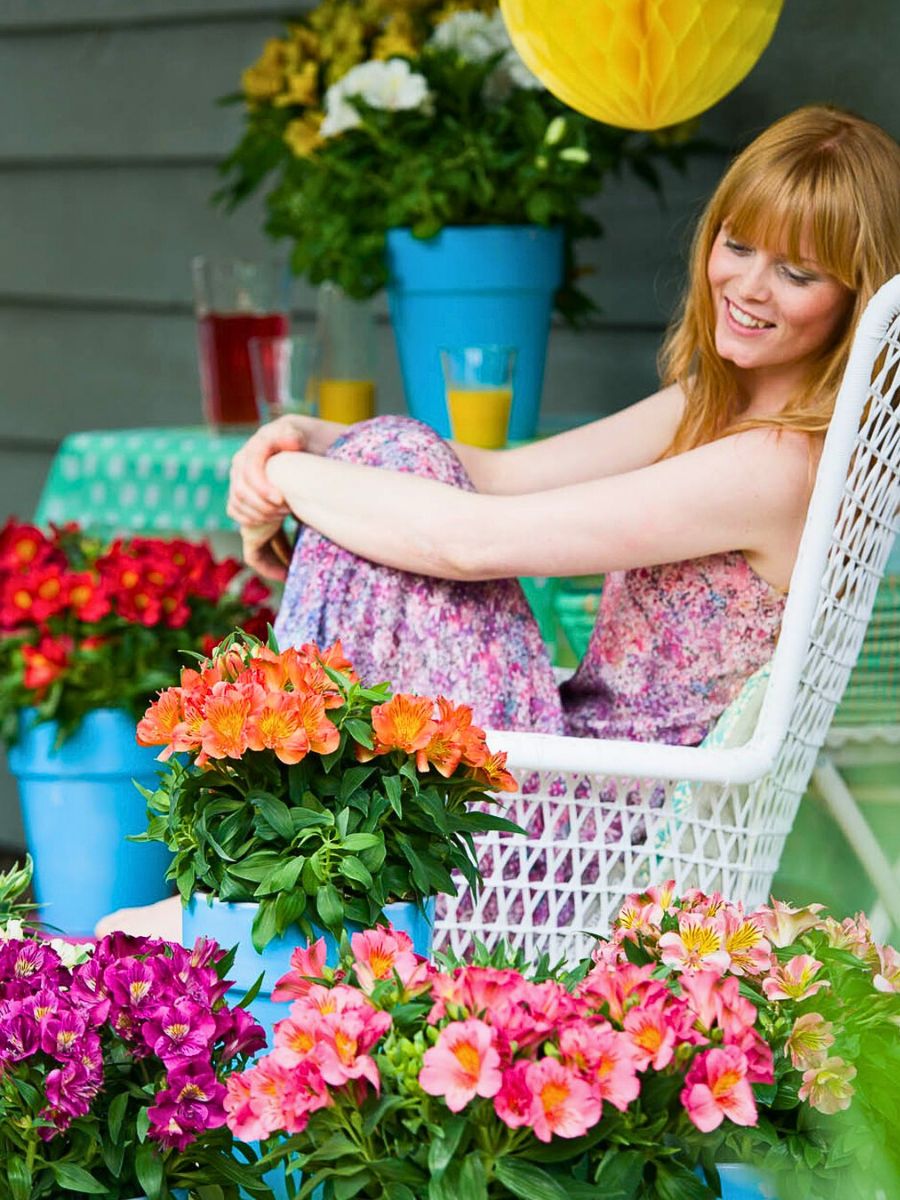
This elaborate communication system has led to the evolution of pollination syndromes: coordinated suites of traits that attract specific pollinator types. Red, tubular flowers with deep nectar reserves and no landing platform have evolved for hummingbird pollination, while flat, accessible flowers in blues and yellows court bee and butterfly visitors, while some orchids have evolved specific color patterns and shapes that attract only one pollinator species, ensuring their pollen reaches exactly the right destination.
Yet evolution rarely deals in absolutes. Most flowers practice ‘pollinator generalization,’ accepting visits from various pollinator types while showing preferences for certain ones. This flexibility is an evolutionary insurance, providing backup pollination when primary pollinators become scarce due to environmental changes or habitat loss.
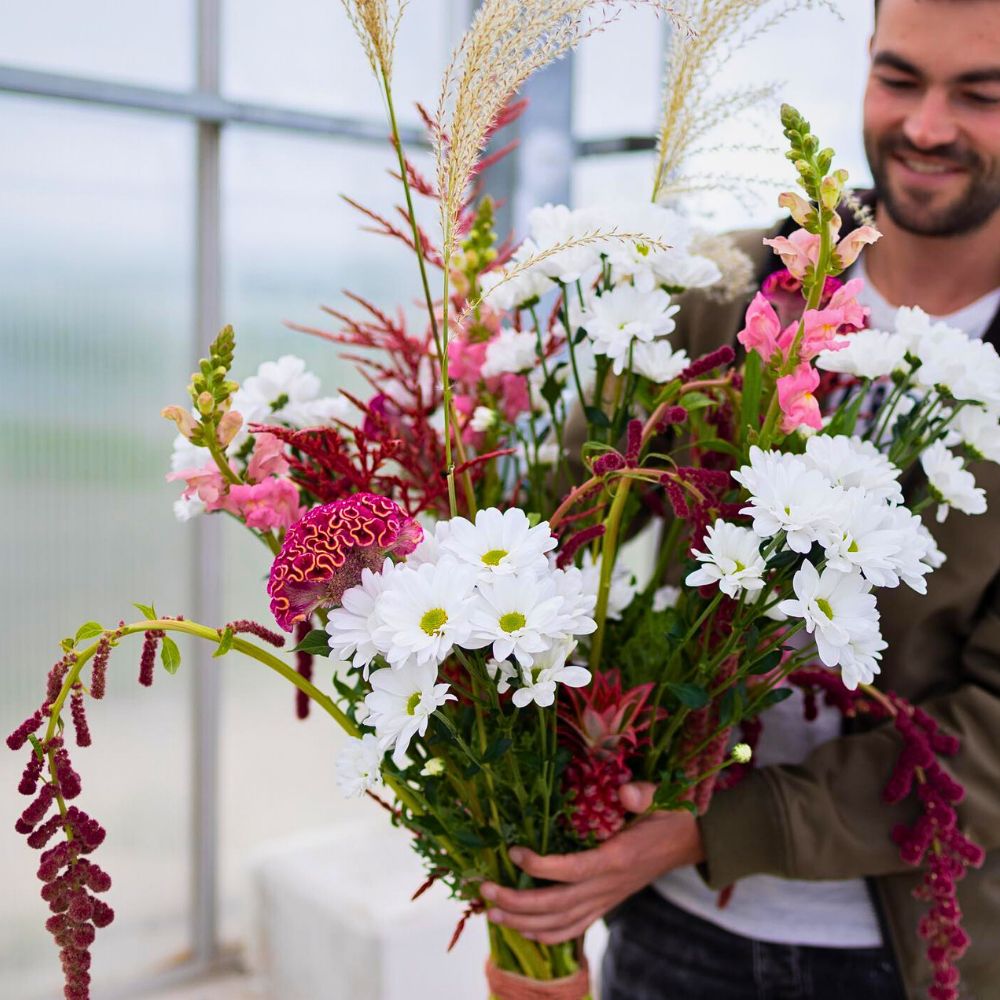
Other Functions of Flower Pigments
While attracting pollinators remains the most obvious function of flower colors, these pigments multitask. Anthocyanins and other flower colors are antioxidants, protecting delicate reproductive tissues from UV damage, temperature stress, and oxidative damage. Some pigments even help regulate flower temperature: darker colors absorb more solar energy, potentially extending the flowering season in cooler climates.
The protective role is particularly crucial when considering that flower petals rank among the most vulnerable plant tissues. They must remain functional and attractive while exposed to intense sunlight, temperature fluctuations, and potential herbivore damage. The same molecules that create stunning visual displays also act as molecular bodyguards for the flower's reproductive machinery.

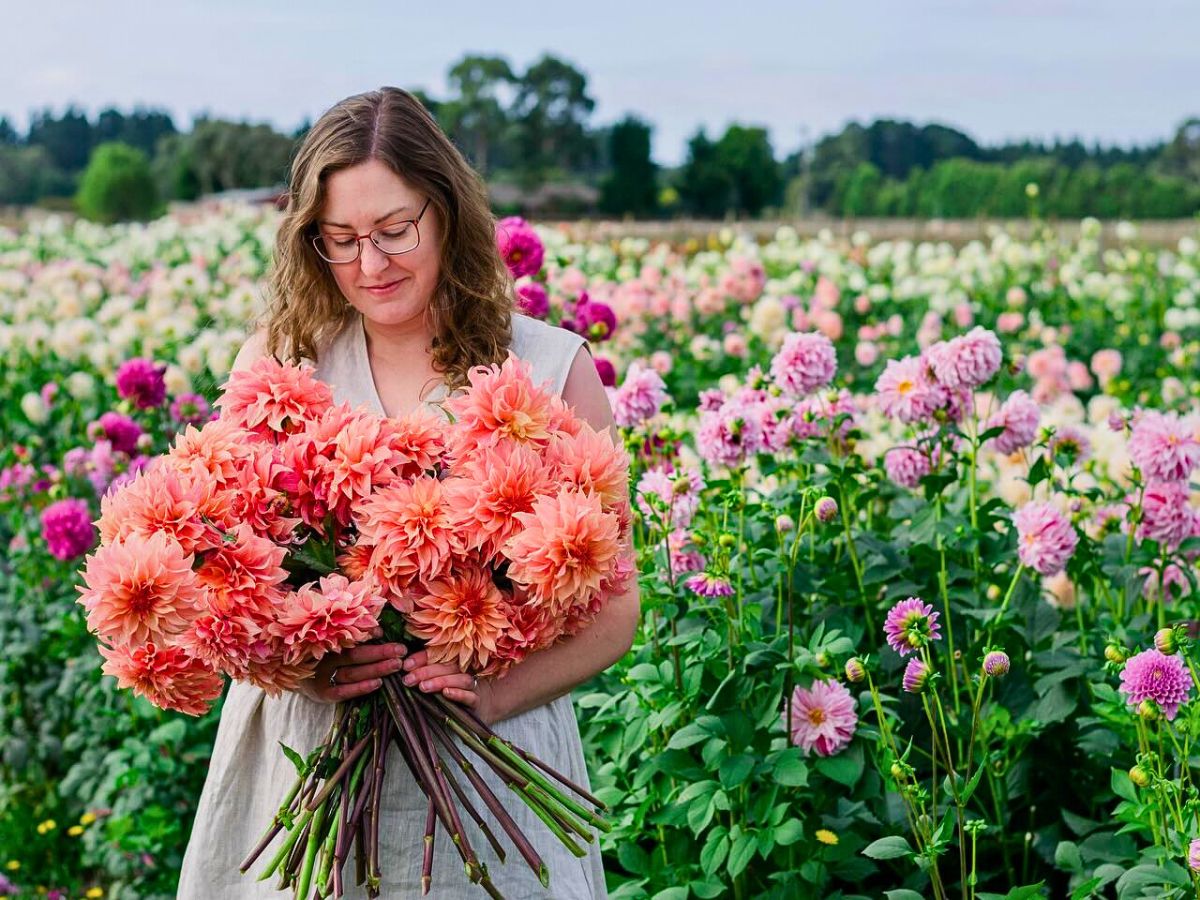
Research has revealed that small changes in pigment chemistry not only alter color but simultaneously enhance physiological protection from environmental stresses. This helps explain why some flower colors might seem mismatched with their primary pollinators; the flower may retain certain protective pigments even when shifting evolutionary strategies to attract different pollinators.
Why Some Colors Fail to Impress
Not all flower colors succeed in attracting visitors. These shortcomings reveal important insights about plant-pollinator relationships. Green flowers, while common in nature, rarely grab attention from either pollinators or people. This color typically signals wind pollination, where attracting animal visitors would be wasteful since the plant relies on air currents for reproduction.
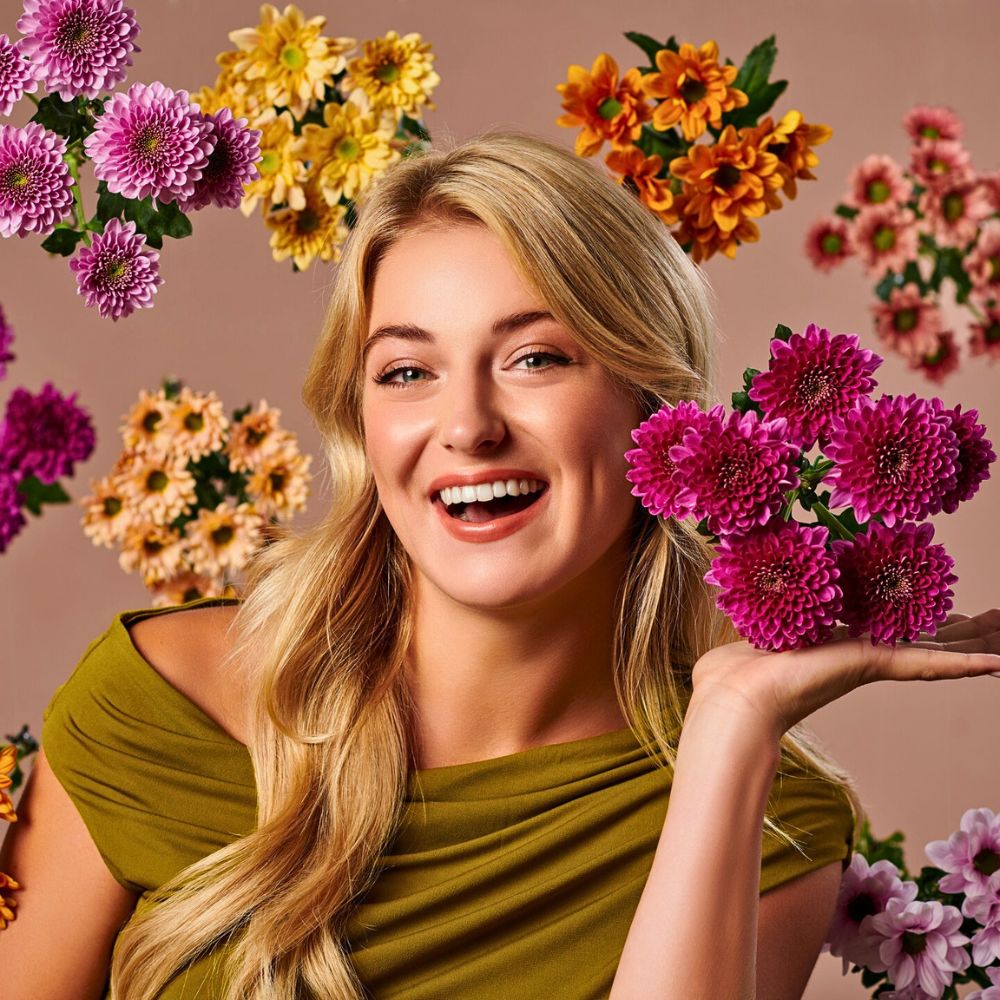
Brown flowers face similar challenges. While some flies and beetles might investigate these earth-toned displays, most potential pollinators find them unremarkable against natural backgrounds of soil, bark, and dead vegetation. Plants producing brown flowers often compensate with strong fragrances or unusual shapes to capture attention.
Interestingly, some flowers have deliberately evolved to be unattractive to most visitors while appealing specifically to their chosen pollinators. Carrion flowers produce deep maroons and purples that mimic rotting meat, complete with foul odors that repel most animals but attract flies and beetles that specialize in decomposing matter.
The Human Connection
Humans have a unique position in flower color appreciation. Unlike most animals, people don't rely on flowers for survival, yet they are powerfully drawn to certain colors and patterns. This attraction likely stems from the evolutionary history as primates, who needed to identify ripe, nutritious fruits among green foliage.
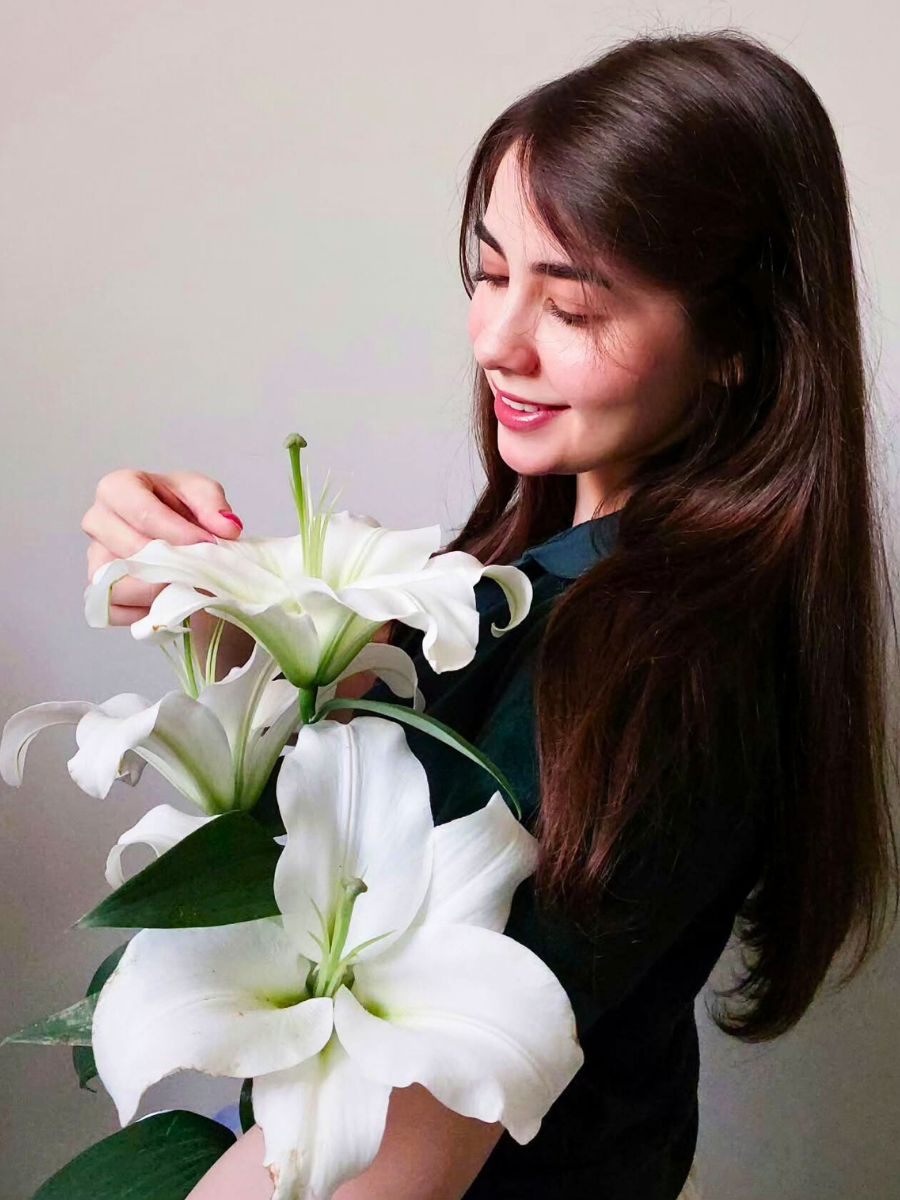
Humans’ preference for symmetrical, brightly colored flowers may echo ancient survival instincts that helped our ancestors locate food sources. The same neural mechanisms that once guided our predecessors to red berries and yellow fruits now make us pause in admiration before a rose and feel compelled to photograph it.
Cultural influences also shape humans’ flower preferences. Different societies have assigned meanings to specific colors, creating associations that influence emotional responses. Red roses symbolize passion in Western cultures, while white flowers represent purity. Also, while blue consistently tops preference lists in many Western cultures, representing tranquility and trustworthiness, other cultures might favor other colors for their different associations. These preferences influence everything from garden design trends to flower trade patterns, creating economic pressures that affect which varieties get developed and preserved. Still, these are learned overtones that add meaning to natural color preferences.
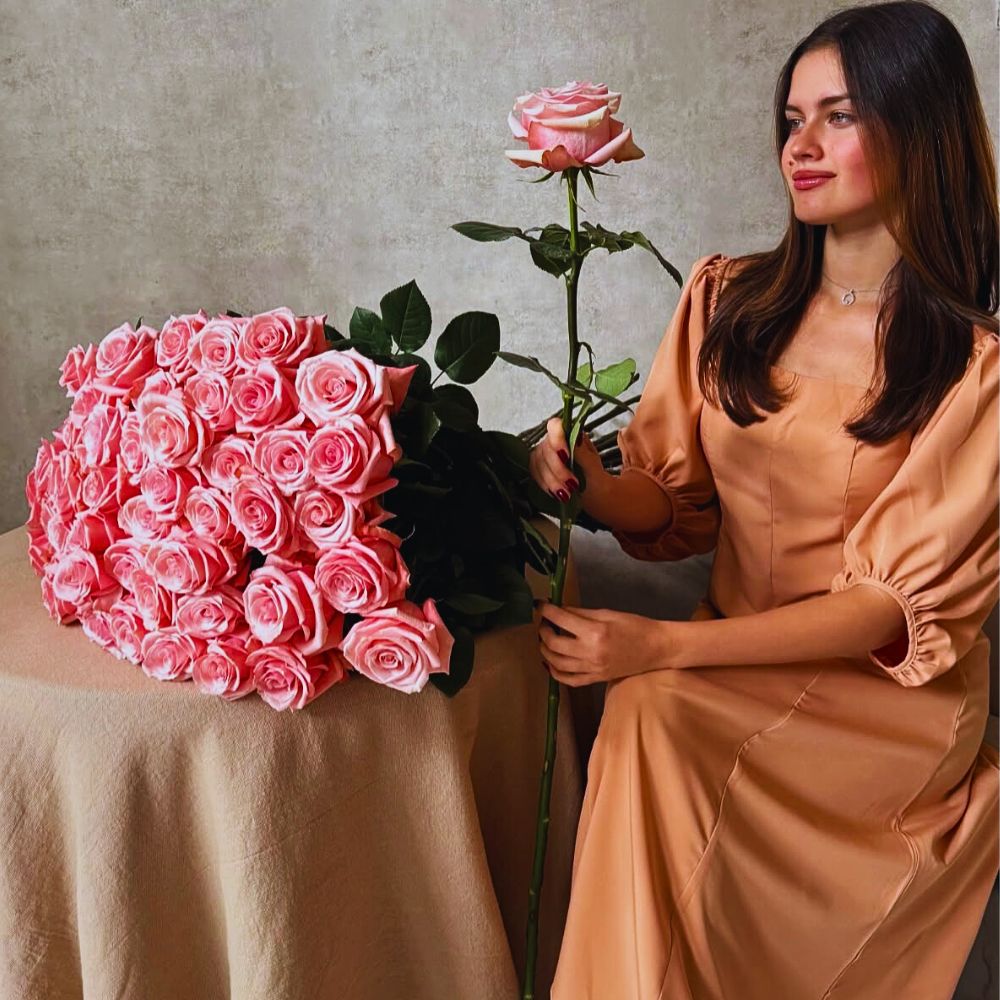
Scientific research also reveals that different flower colors impact people’s psychological and physiological well-being. Yellow flowers seem particularly effective at improving mood and reducing anxiety, while red flowers can energize and invigorate viewers. The physiological impact extends to practical applications. Hospitals increasingly incorporate flowering plants with specific color palettes to aid patient recovery, while office environments use floral displays strategically to boost employee mood and productivity.
Flower Color Communication Challenges
With shifting environmental conditions, color communication systems face some challenges. Temperature and precipitation pattern changes can alter pigment production, potentially disrupting the visual signals that pollinators rely on for food location. Some flowers may become less attractive to their traditional pollinators, forcing both plants and animals to adapt fast or face declines.
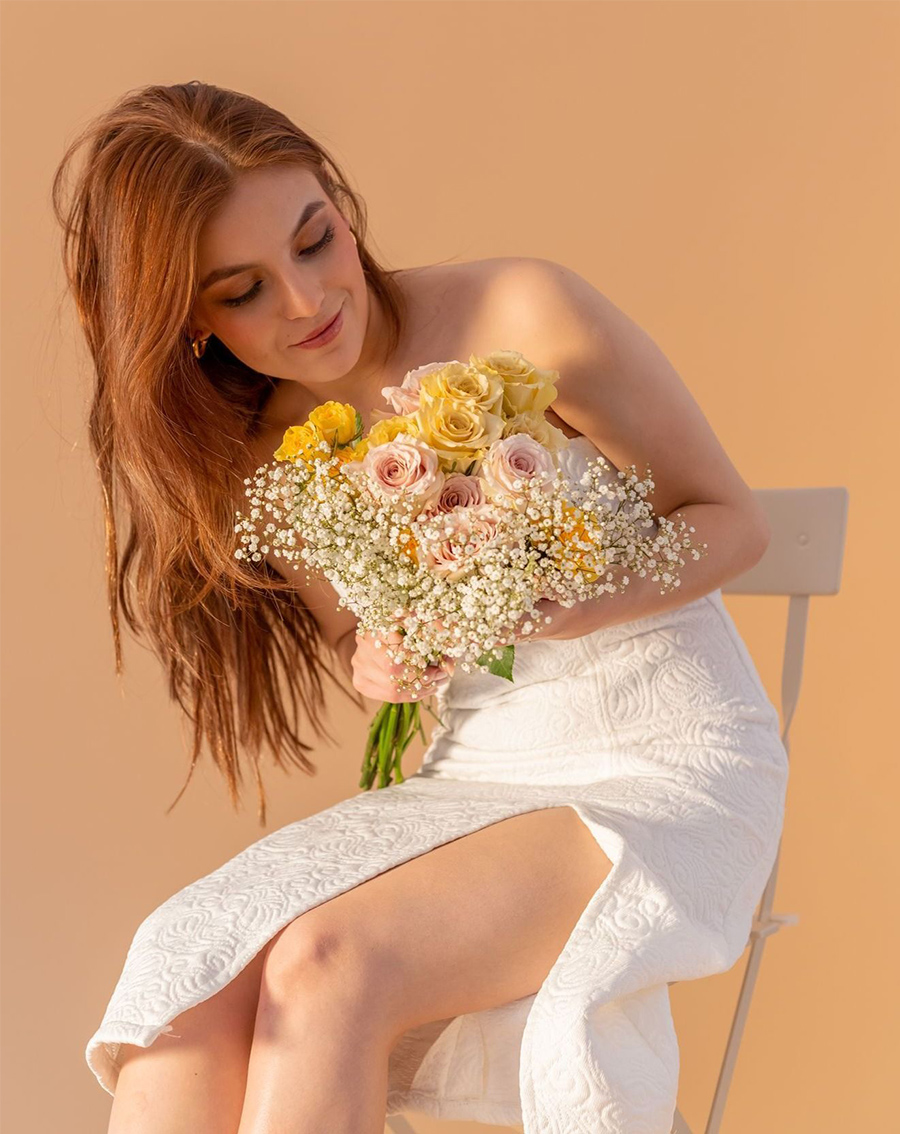
Urban environments also matter. Artificial lighting can interfere with UV patterns that guide nocturnal pollinators, while air pollution may affect pigment synthesis in flowers growing near cities. Light pollution from street lamps and buildings can disrupt the natural cycles that many flowering plants depend on for proper pigment development. Quite a fascinating relationship between flower colors, pollinators, and people, it is.
Feature image by @cananvalleroses. Header image by freepik.

